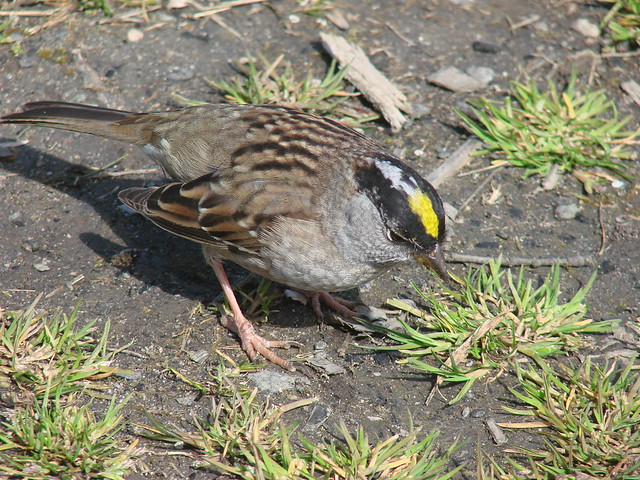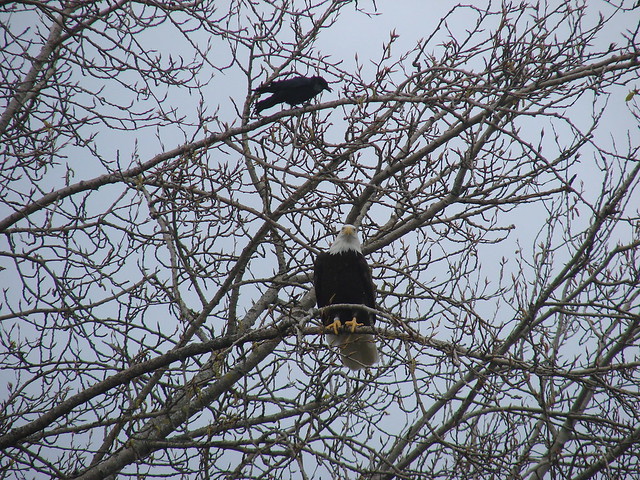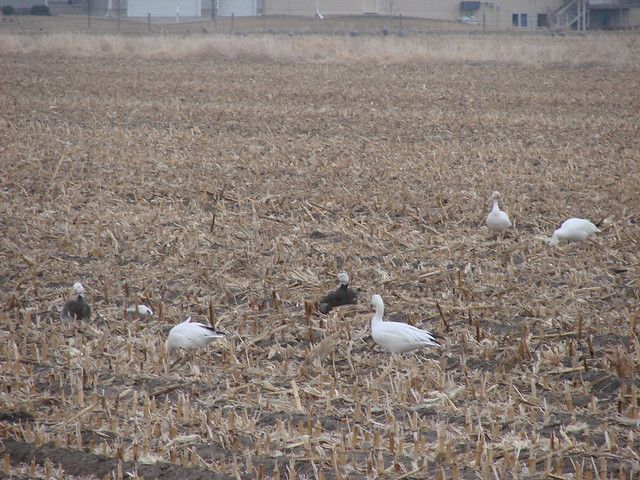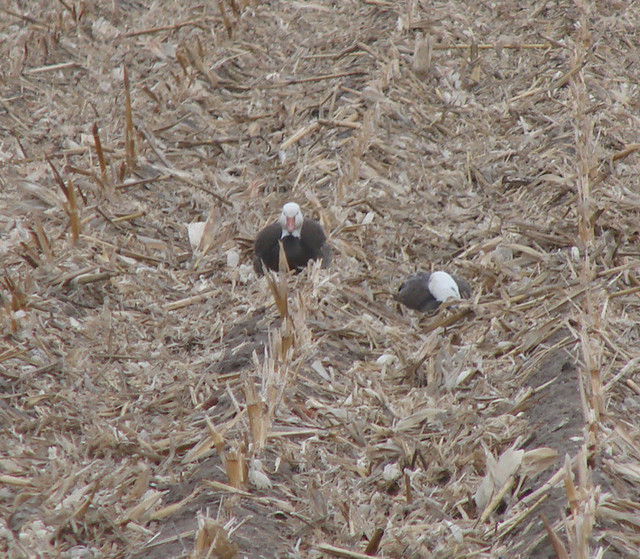
The Yellow-rumped Warbler deluge shows no sign of receding, and Jericho Park is pretty much crawling with chipping, singing, flycatching Audubon’s and Myrtle Warblers again today.

It’s important–well, I think it’s important–to remember that both Audubon’s and Myrtle are polytypic; thus, it’s incorrect to speak of “the Audubon’s subspecies” or “the Myrtle subspecies” of Yellow-rumped Warbler, unless, of course, you’re using the word in the plural. The Myrtle Warblers we see here in Vancouver, the breeding race of northern British Columbia, are Dendroica coronata hooveri, differing in measurements and in some plumage characters from their eastern, nominate-race cousins.
This subspecies was described in 1899 by Richard C. McGregor, an adoptive Californian who would later become famous as the doyen of Philippine ornithology. He named his subsp. nov. after his college friend Theodore J. Hoover, collector of the type specimen and the older brother of Herbert.
In preparing his original description, McGregor also used specimens taken by Henry Ward Carriger, an early California oologist. I don’t know much about Carriger–fill me in if you do–but I was greatly impressed to read that as early as 1898, he had recognized the differences in the call notes of Audubon’s and Myrtle Warblers, a distinction that even today not all birders are aware of.
The Californians were out in front even then.










